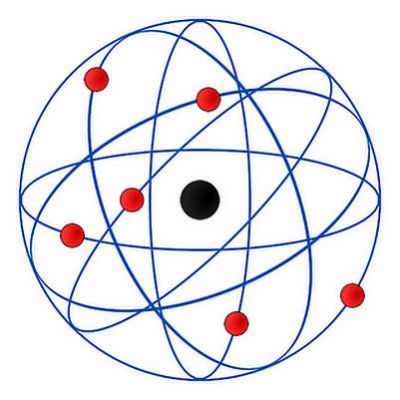It turns out that materials at the nano scale often behave quite
differently than the same materials in bulk. They enter a new realm,
that defined by quantum rather than classical mechanics, and exhibit
exotic electrical, optical and magnetic properties. Those same exotic
properties that are desirable in novel devices may have undesirable
effects on biological tissue.
Nearly a decade of research into the potential risks of manufactured nanomaterials (MNMs) has highlighted the complexity and at the same time necessity of standardising risk assessment. A powerful consortium of 28 partners from world-class European and United States nanosafety institutes launched the EU-funded project
NANOMILE (Engineered nanomaterial mechanisms of interactions with living systems and the environment: a universal framework for safe nanotechnology) to develop a universal framework for safe nanotechnology.
The classification scheme will identify whether impacts are biological or environmental and elucidate nanomaterial-biomolecule interactions at all scales from subcellular to ecosystem. It will also identify the specific biochemical mechanisms of toxicity with a focus on conserved pathways across organisms. Development of alternative in vitro test methods and high-throughput methodologies will support these and future tests and classification.
Researchers in NANOMILE have been developing nanoparticle libraries that will support the strategy for grouping and classification of MNMs. Working on the hypothesis that toxicity is the result of a number of physicochemical properties contributing to a variable intensity and relative significance, the libraries are being prepared with an eye toward the underlying classification concept.
An open access modelling and prediction platform is a key objective. During the first period, the team validated a quantitative nanostructure-activity relationship model to predict the cellular uptake of nanoparticles in pancreatic cancer cells. It is available through the
Enalos InSilicoNano platform as a decision-support tool for the design and screening of nanoparticles.
Scientists have also been busy developing single-cell high-throughput screening methods and developed the
VITROCELL Automated Exposure Station to expose biological test systems to airborne substances.
Results have been widely disseminated through peer-reviewed articles, book chapters and presentations at international conferences, and the consortium has already identified a few potential candidates for standardisation. NANOMILE's nanotechnology safety framework will ensure that technological advances are achieved using designs with safety as a priority.

